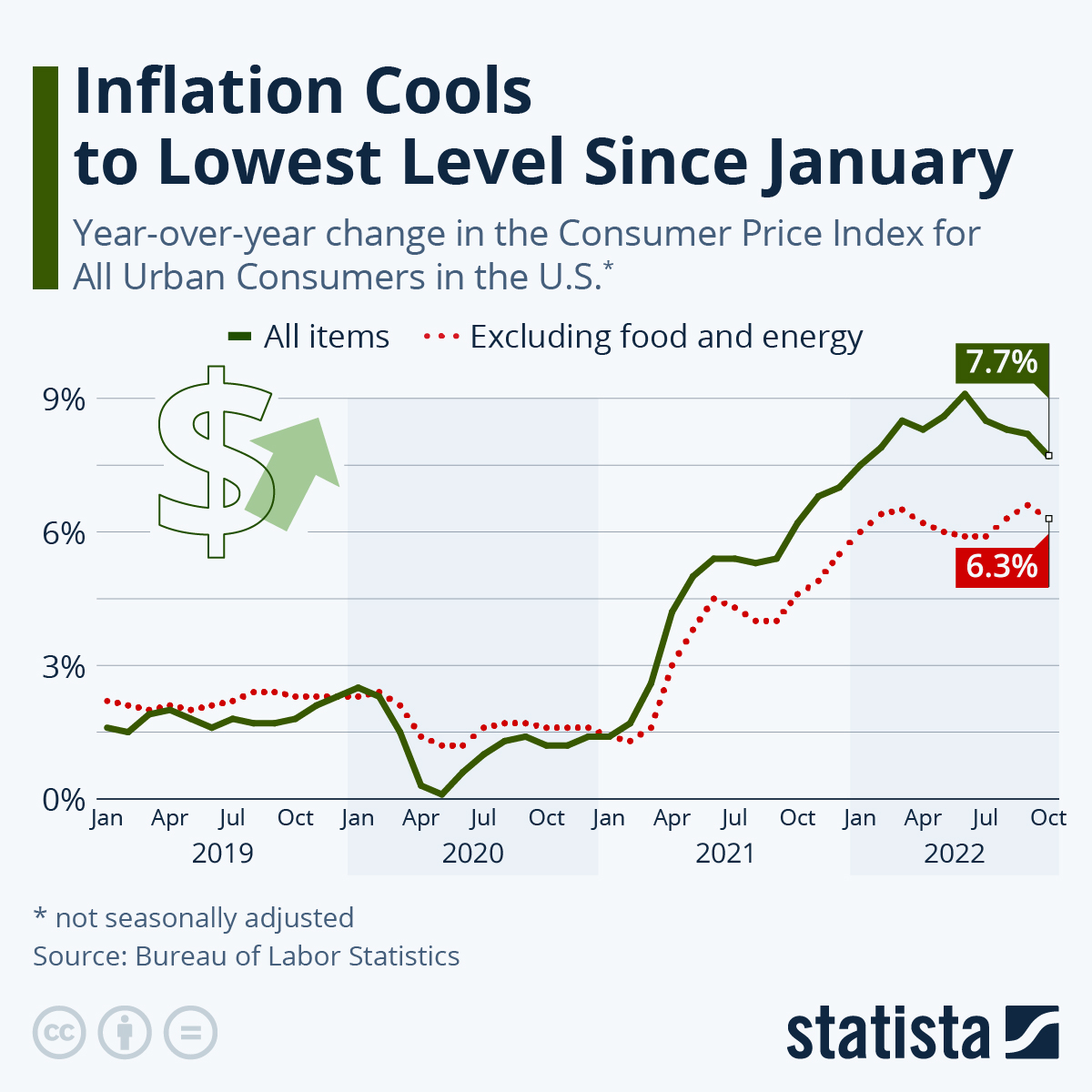Hold onto your hats, folks! The Ministry of Transport and the Ministry of Finance just dropped a bombshell – they’ve selected the second batch of regions to receive funding for a massive digital overhaul of our highway and waterway infrastructure. Tianjin, Hebei, Shanxi, Liaoning, Jilin, Jiangxi, Shandong, Hubei, Hainan, Chongqing, Guizhou, and Xinjiang… these are the lucky 12!

Frankly, it’s about time. While the world races toward Industry 4.0, our infrastructure has been, let’s just say, lagging. But this changes everything.
This isn’t just about slapping some sensors on a bridge. We’re talking a three-year plan to build fully integrated transport corridors and networks. The goal is ambitious – and I love it – aiming for around 85% of busy national expressways, 25% of national highways, and 70% of key waterways to go digital.
Let’s break down why this is huge. Digitalization of transport infrastructure unlocks a world of possibilities.
Firstly, it accelerates logistics. Real-time data on traffic flow, weather conditions, and route optimization can drastically reduce delivery times and costs.
Secondly, it improves safety. Smart highways, equipped with intelligent monitoring and warning systems, can prevent accidents and save lives. No more relying on old-school signage!
Thirdly, it enhances efficiency. Automated toll collection, predictive maintenance, and optimized resource allocation will slash waste and boost productivity. Think less congestion, fewer breakdowns, and a smoother ride for everyone.
And finally, it’s a necessary step to attract investment. Modern, digitally-enabled infrastructure is incredibly attractive to both domestic and foreign investors. This isn’t just about transportation; it’s about economic growth.
This initiative, planning to support around 30 regions in total, is a critical investment in China’s future. It sets the stage for a more connected, efficient, and competitive economy. I’m seriously excited to watch this unfold, and I’ll be here to keep you updated every step of the way!






